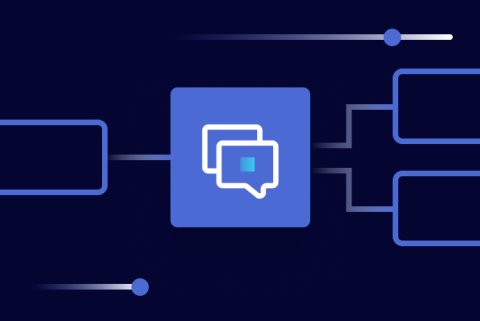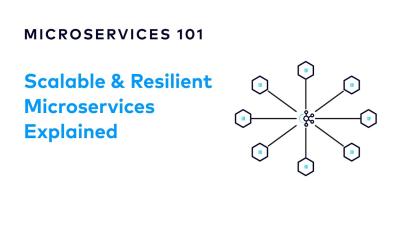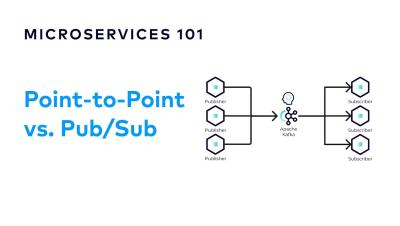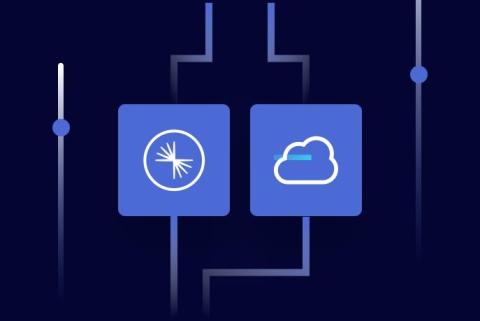Systems | Development | Analytics | API | Testing
January 2024
How To Build Scalable and Resilient Microservices | Microservices 101
Point-to-Point vs Publish/Subscribe | Microservices 101
Extending the Confluent CLI With Custom Plugins
A good command line interface is essential for developer productivity. If you look at any of the major cloud providers, they all have a robust CLI API that enables you to achieve high productivity. The key benefits of a CLI include: Confluent offers a powerful CLI that lets you quickly create and manage Apache Kafka® clusters and Apache Flink® compute pools and all associated operations with both.
Getting Started with OAuth for Confluent Cloud Using Azure AD DS
Released in December 2022, OAuth support on Confluent Cloud allows Confluent Cloud users to integrate their own third-party identity provider (IdP) with Confluent Cloud, centralizing account management across all of their cloud services. This article explains how to configure Azure Active Directory DS (Azure AD DS) and Confluent Cloud so that the Azure Directory can be used to authenticate and authorize applications to use Confluent Cloud clusters.
Turbo-Charging Confluent Cloud To Be 10x Faster Than Apache Kafka
At Current 2023, we announced that Confluent Cloud is now up to 10x faster than Apache Kafka®, thanks to Kora, The Cloud-Native Kafka engine that powers Confluent Cloud. In this blog post, we will cover what that means in more depth.






